No products in the cart.
Instant Messaging & TikTok Forensics
$33.00
Get the access to all our courses via Subscription
Subscribe
Download
| File | |
|---|---|
| eForensics Magazine 2020 09 Instant Messaging and TikTok Forensics PREVIEW.pdf |
Dear Readers,
A forensic investigator should always stay up to date with the constantly growing cyberspace. We assume that you’ve heard about TikTok, an emerging app that is rapidly gaining popularity, but it’s time to take a look at it from a forensic perspective!
Raluca Matei prepared a comprehensive article on TikTok Forensics for you. She shows some OSINT techniques that don’t even require an account, saving video techniques, checking old usernames, and how this affects users. You should definitely look at this paper.
What else? Instant messaging! Daniele Giomo in his paper analyzes Telegram’s functions that may bring relevant information in various forensic investigations. Telegram is an instant messaging application with the advantage of being available on iOS, Android and Windows Phone.
When it comes to instant messaging we couldn’t forget about WhatsApp… Check out “Challenges to WhatsApp Forensic Data Extraction”.
Inside there is also a piece, prepared by Anudeep Nayakoti, “Forensic Analysis on Instant Messaging Applications”, in which he speaks about Telegram and WhatsApp, and also Facebook Messenger, WeChat, QQ, and Snapchat.
This edition also has a collection of articles on other topics such as automotive forensics (which is the subject of the hour!), network forensics, cloud forensics, machine learning, and malware detection.
Check out our Table of Contents! Many thanks to all the authors who made it possible, and our reviewers, who helped us with the creation of this issue.
Have a nice read!
Regards,
Dominika Zdrodowska
and the eForensics Magazine Editorial Team
TABLE OF CONTENTS
Fail in Detection flow of AV-based “Malware Bazaar!”
by Filipi Pires
The purpose of this document is to execute several efficiency and detection tests in our endpoint solution, provided by Cybereason. this document brings the result of the defensive security analysis with an offensive mindset performed in the execution of 185 different malware in our environment.
TikTok Forensics
by Raluca Matei
Why have I chosen TikTok as a platform to focus on? What is it that I will look into and how will I be putting it all together to provide informative material based on one of the hottest apps right now?
Telegram Forensics on Android OS
by Daniele Giomo
Telegram is a secure instant messaging application with the advantage of being available on iOS, Android and Windows Phone, but also in a Web version; there are also applications for MacOS, Windows and Linux. So you can use Telegram comfortably on almost all possible and imaginable platforms.
Forensic Analysis on Instant-Messaging Application
by Anudeep Nayakoti, [email protected]
As the number of users across the world using the internet grew, many tech companies have built instant messaging apps across multiple platforms. They have good user-interfaces and can communicate using these apps instantly across many countries using the internet. These apps are freely available.
Some of the widely used messaging apps across the globe are: WhatsApp, Telegram, Facebook Messenger, Viber, WeChat, etc.
Among all the messaging apps, there are more WhatsApp users than any other messaging app. In the beginning of 2020, a WhatsApp spokesperson announced officially that 2 billion users across the world are using WhatsApp.
A Brief Discussion on Challenges to WhatsApp Forensic Data Extraction
by Rhonda Johnson
WhatsApp is an extremely popular, cross-platform social media application that allows users to send text messages, videos, images, voicemails and make calls free of charge using VOIP technology. It had an estimated 800 million users in 2015. With an exploding number of internet users and the ability of anyone to use WhatsApp due to its free cost and increasingly internet connection availability, it is fair to assume that extracting forensic artifacts from this application will become a skill needed for future digital forensic investigations. While there are tools, such as WhatsApp Xtract and SQLite Browser, that can allow for the extradition of data from WhatsApp, there are still some challenges. The following article will explore some of the challenges to extracting data from WhatsApp.
Network Forensics
by Phalgun Kulkarni
Network forensics is a sub-domain of computer forensics that deals with acquiring and analyzing network data such as packets, logs and information from the networking devices such as firewalls and routers. Examining and reporting where the attack came from (IP, location), how the attack was deployed and what it affected comprises Network Forensics.
Cyber Kill Chain: Valuable Tool for Incident Response
by Florence Love Nkosi
There has been a growing number of cyber-attacks in the past few years. These have varied from social engineering, phishing, ransomware, and denial of service, just to mention a few. The growing number of these cyber-attacks has necessitated security experts to re-evaluate the security perimeter especially when it comes to implementing tools and techniques that fight to protect critical information assets from the various cyber threats. This has seen the rise of various cyber tools, techniques, and frameworks in the fight against cyber threats. Thus, the rise of the cyber kill chain framework and its implementation in cybersecurity.
Automotive Forensics
by Phalgun Kulkarni
Automotive forensics deals with extracting the information about the details of the vehicle position, driver’s position and similar details from the electronic systems installed in the automobile. Information such as acceleration, braking, air bag initiation times, crash time, passenger seat position, gear position, etc. Such evidence is used to back up the events that happened earlier and are involved in a legal case.
Considerations With Cloud Forensics
By Matthew Kafami
Perhaps you’ve heard the joke about the little boy pointing to the sky and asking what clouds are made of, to which the parent responds “Linux servers, mostly”. This article will discuss some of the basics of cloud infrastructures and considerations for hosting data in the cloud.
The "Soft" and the "Hard" of Machine Learning and "Deep Learning" - part I, the "Soft"(ware)
by Alessandro Lofaro
Given the stereotypes about "ITers" :-) (and yes, I am one myself), to be clear, what we are going to look at in this article is some software used in "machine learning", "deep learning", and "artificial intelligence" (a marketing approach would prefer to use "artificial intelligence", but seeing the status, type and characteristics of production implementations at the moment, I will use in this article "machine learning", abbreviated as "ML").
Only logged in customers who have purchased this product may leave a review.
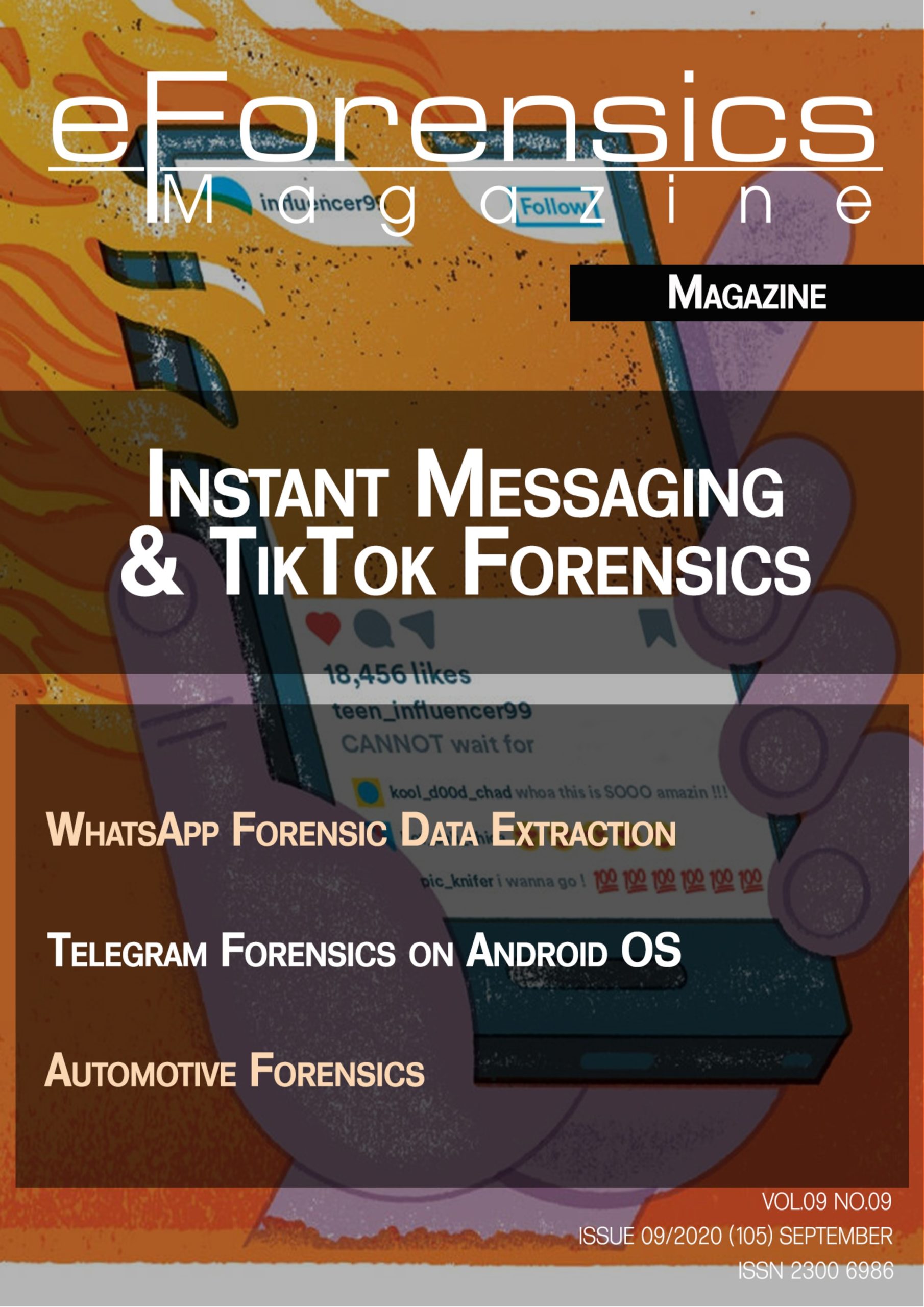
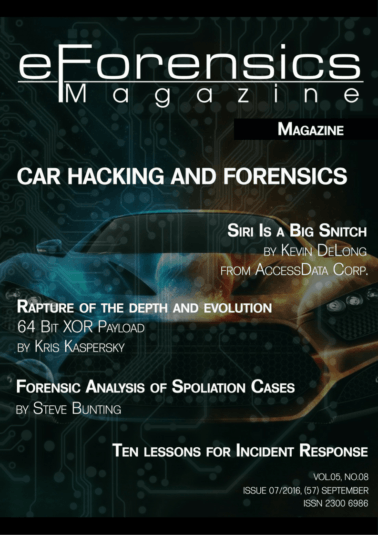
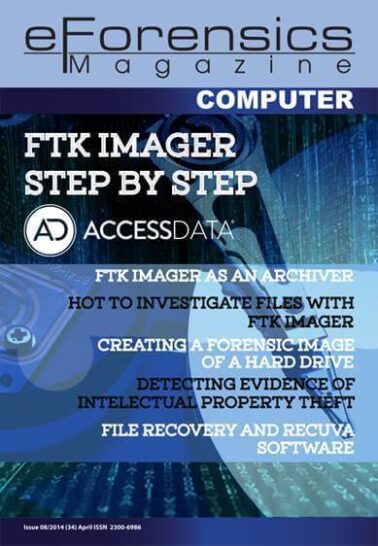
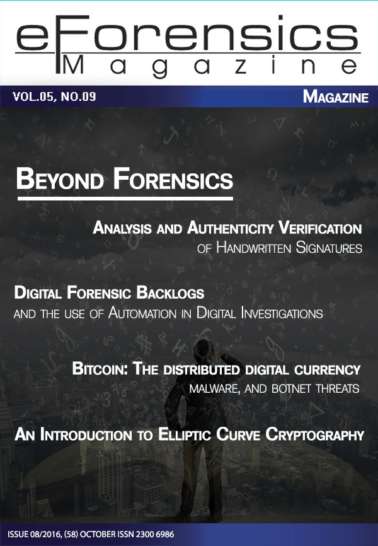
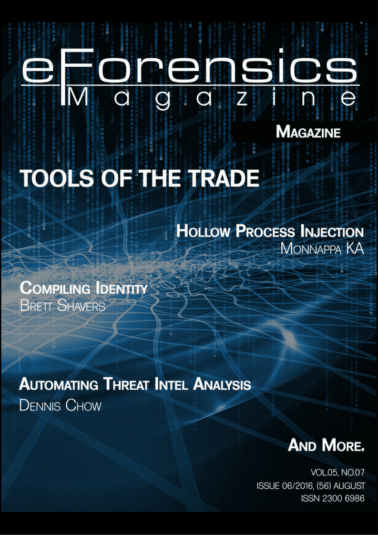
Reviews
There are no reviews yet.